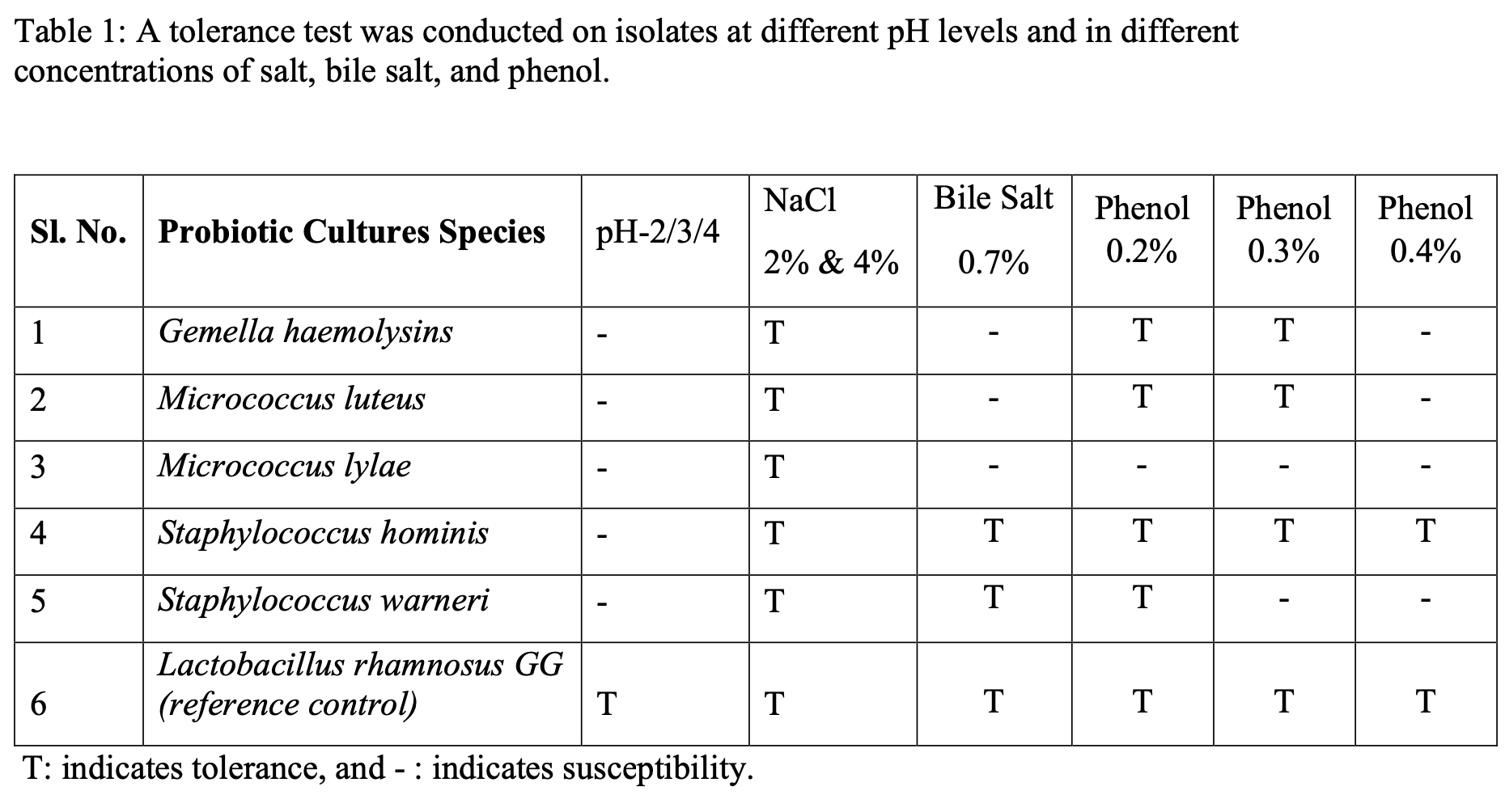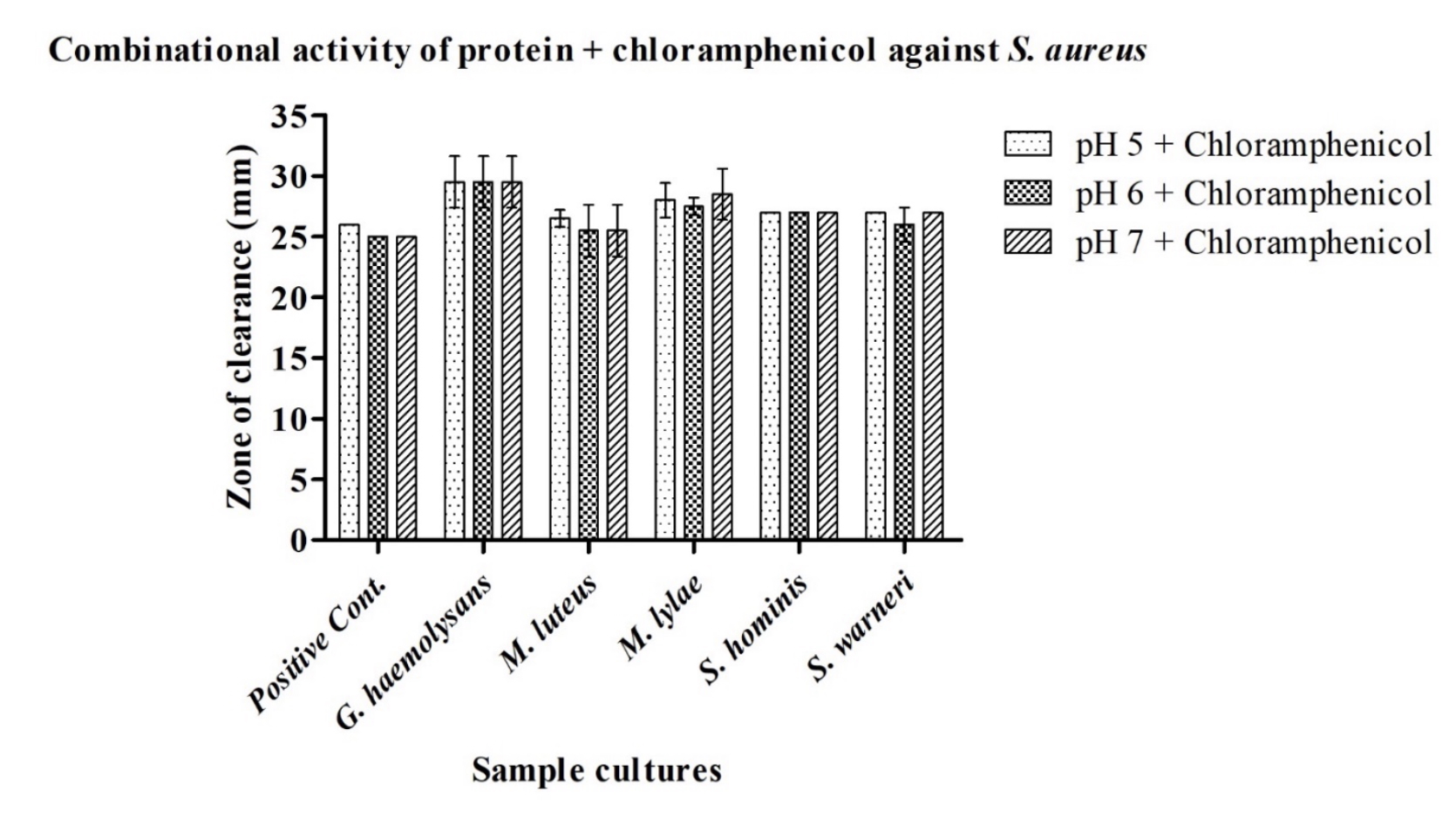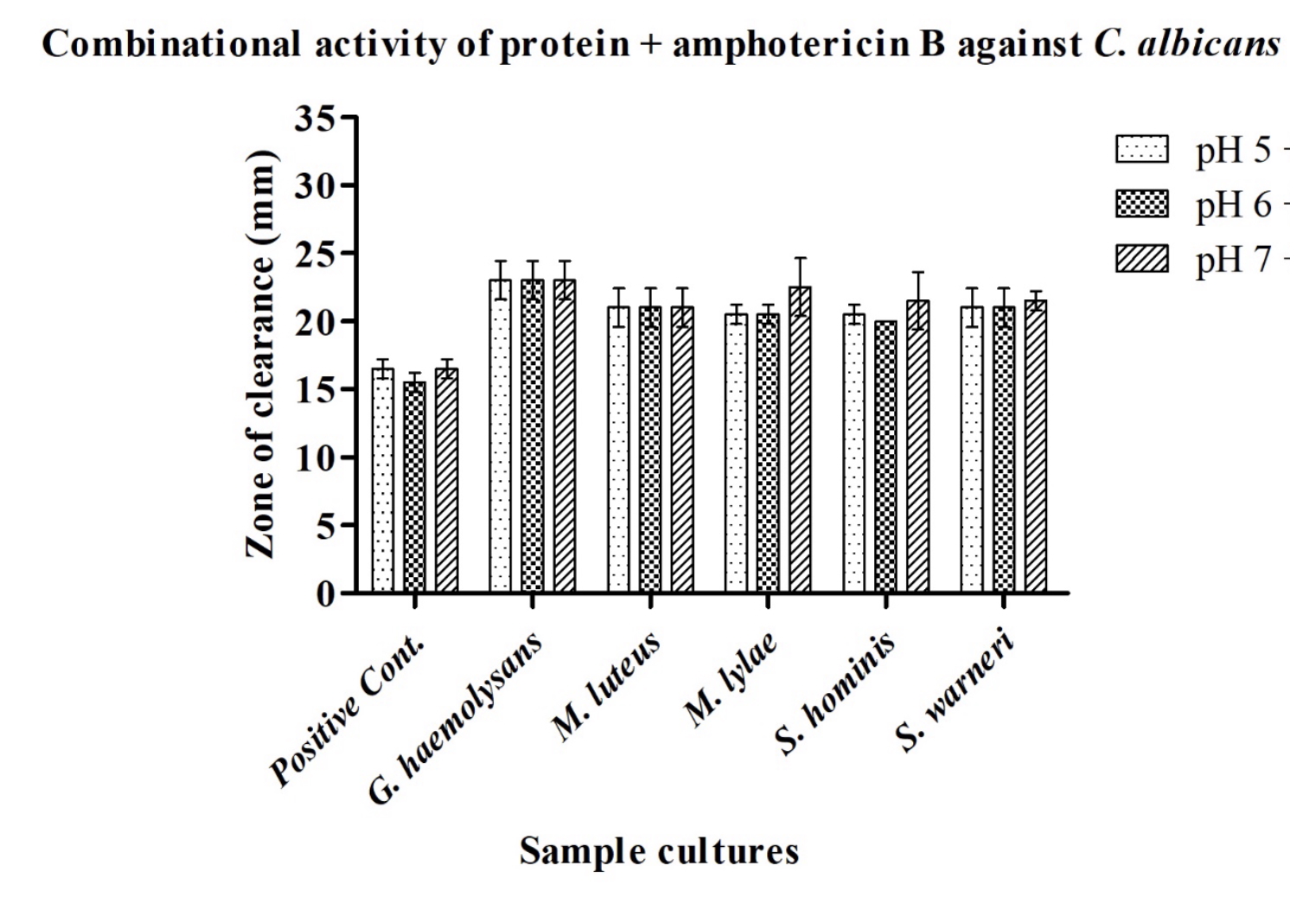Neonatal GI Physiology & NEC 2
Session: Neonatal GI Physiology & NEC 2
731 - Decoding Human Milk Microbiota Of Indian Mothers: Unravelling The Effects Of Gestational And Lactation Age And Prospects For Probiotic Discoveries And Antimicrobial Peptides.
Saturday, April 26, 2025
2:30pm - 4:45pm HST
Publication Number: 731.4517
Somashekhar M.. Nimbalkar, Bhaikaka University, Karamsad, Gujarat, India; Anil H, Pramukhswami Medical College, Anand, Gujarat, India; Reshma Pujara, Shree Krishna Hospital, Bhaikaka University, Anand, Gujarat, India; Dipen V. Patel, Shree Krishna Hospital, Pramukhswami Medical College, Bhaikaka University, Gujarat, India, Anand, Gujarat, India

Somashekhar M. Nimbalkar, n/a
Professor
Bhaikaka University
Karamsad, Gujarat, India
Presenting Author(s)
Background: The human milk microbiome is vital in forming the newborn microbiome and affects various health outcomes. Probiotics prevent severe necrotizing enterocolitis in neonates, but uncertainty about their safety is the obstacle to their use. Probiotic organisms and antimicrobial peptides derived from probiotic strains in human milk can offer safer options.
Objective: To isolate and characterize breastmilk microbiome to know the effect of gestational and lactation age on it and to determine the probiotics properties with their potential antimicrobial activity.
Design/Methods: The study included 30 mothers, of whom 10 were of gestational age < 32 weeks, 10 were between 32-36 6/7 weeks, and the remaining 10 were above 37 weeks of gestation at the time of delivery. Milk samples were collected and analyzed for microbiome at three different time points, i.e., colostrum, transition milk(7-9 days), and mature milk(after 14 days).
Results: 381 bacterial colonies were isolated, and 242 colonies were identified, including 38 different bacterial species. The majority of colonies (229/242) identified belonged to 4 phyla: Firmicutes 119 (51.97%), proteobacteria 48 (20.96%), bacillota 41 (17.9%) and actinobacteria 21(9.17%). Bacterial diversity increased with gestational and lactation age, and the proportion of actinobacteria and bacillota increased significantly with lactation age (p value -0.039). Of these- Gemella haemolysans, Micrococcus luteus and lylae, Staphylococcus hominis, and warneri were selected. Few showed bile salt, phenol, and NaCl tolerance, but none showed tolerance to gastric pH. (Table 1) Antimicrobial activity was not seen when isolates or protein extracts were tested against the pathogen. Enhancement in the zone of clearance was seen when a combination of protein and antimicrobial agents was tested compared to antimicrobial alone. (Figure 1 & 2) Zone of clearance was seen even at 1/10th of the standard concentration of amphotericin B against candida when combined with protein extract.
Conclusion(s): This study provided insight into the effect of gestational and lactation age on the breastmilk microbiome. The diversity of the milk microbiome increases with lactation and gestational age. However, preterm mother’s milk lacks sufficient beneficial bacteria. The non-lactobacillus strains tested showed few probiotic properties. Though the isolates didn’t exhibit antimicrobial properties, the protein extracted from them enhanced the potency of antimicrobial agents.
Table 1: A Tolerance Test Was Conducted On Isolates At Different pH Levels And In Different Concentrations Of Salt, Bile Salt, And Phenol.
 T: indicates tolerance, and -: indicates susceptibility.
T: indicates tolerance, and -: indicates susceptibility. Figure 1- Graphical Representation Of The Combinational Activity Of Protein With Antibacterial (Chloramphenicol) (Equal Concentration) And Positive Control (Plain Buffer And Chloramphenicol Equal Concentration) Against S. Aureus.
 The positive control contains buffer and chloramphenicol, while the test sample contains protein isolated at different pH levels and chloramphenicol.
The positive control contains buffer and chloramphenicol, while the test sample contains protein isolated at different pH levels and chloramphenicol.Figure 2- Graphical Representation Of The Combinational Activity Of Protein With Antifungal (Amphotericin B) (Equal Concentration) And Positive Control (Plain Buffer and Amphotericin B Equal Concentration) against C. Albicans
 The positive control contains buffer and Amphotericin B, while the Test sample contains protein isolated at a different pH and Amphotericin B.
The positive control contains buffer and Amphotericin B, while the Test sample contains protein isolated at a different pH and Amphotericin B.
